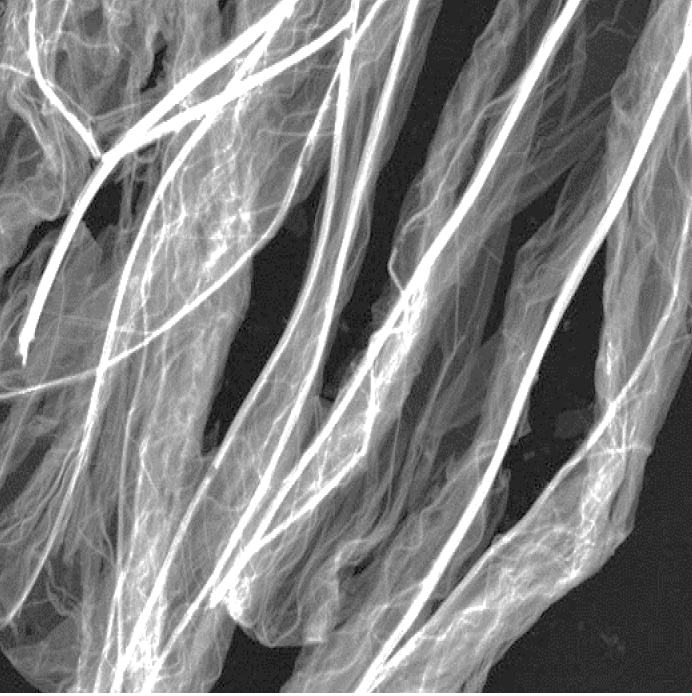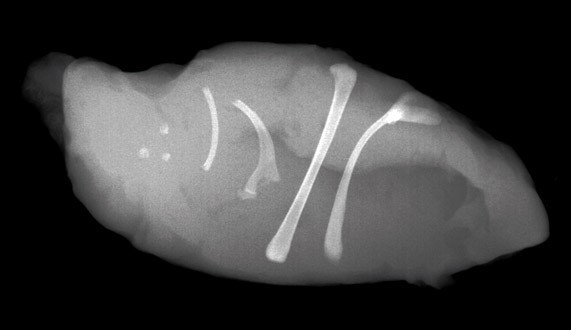INCOMING GOODS INSPECTION

Incoming goods inspection
EXAMPLE: FOOD INDUSTRY
Example: Food industry
Raw materials from the agricultural sector, in particular are subject to natural fluctuations and effects. At incoming goods inspection not only can foreign objects be detected, the condition of raw materials can also be determined. Appropriate conclusions can be drawn from the structure of the product.
Even with a trained eye, these natural fluctuations cannot always be detected. Moreover, frequently the delivery volume is too large to allow effective continuous inspection.
IMS X-ray systems detect many deviations automatically and safely. Feedback occurs virtually in real time. This enables intervention, with minimal waste rates and minimal rejects.
Note that X-ray technology does not change the raw materials or the characteristics of the food products that will be produced.
Another advantage is that in such an inspection system different measuring and inspection tasks can be performed simultaneously, such as:
- Foreign object detection (e.g. stones between potatoes)
- Hollows inside fruit
- Detection of pest infestation

EXAMPLE: INDUSTRY

Example: Industry
Tree trunks processed in the timber industry have a long maturation period before they are cut to size in a sawmill. Flaws that have grown deeply into the wood cannot be detected from the outside.
Examples include remnants of ammunition that damage saw blades or hollows that increase waste. To conserve resources and prevent production equipment damage, it is important to detect precisely, even at delivery, the quality of the raw material and what risks are concealed in the raw material.
The advantages:
- Increased material utilisation and thus increased profit
- Your equipment is protected from unexpected failures
- Reduced rework or re-manufacturing due to defective semi-finished goods or raw materials
Request a personal consultation appointment now
Simply use our Contact Form to request a consultation appointment. Provide some information about your subject of interest, and we will get back to you as quickly as possible.
We look forward to your enquiry!

